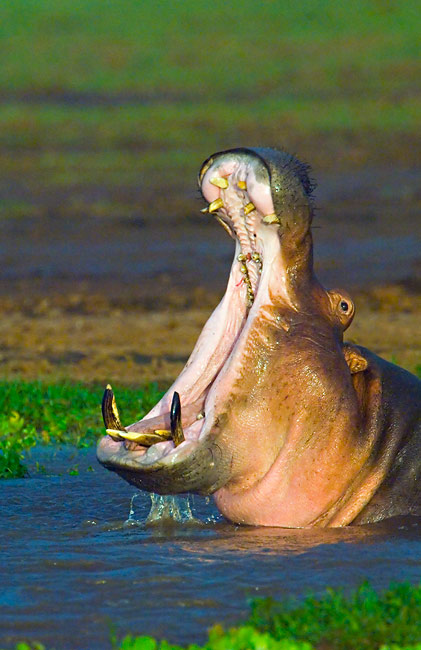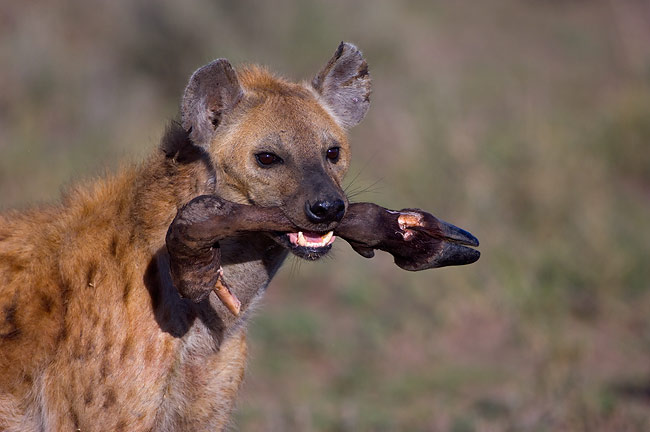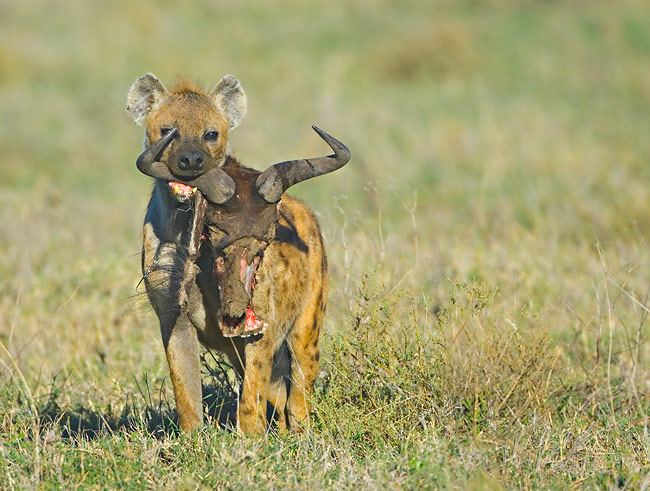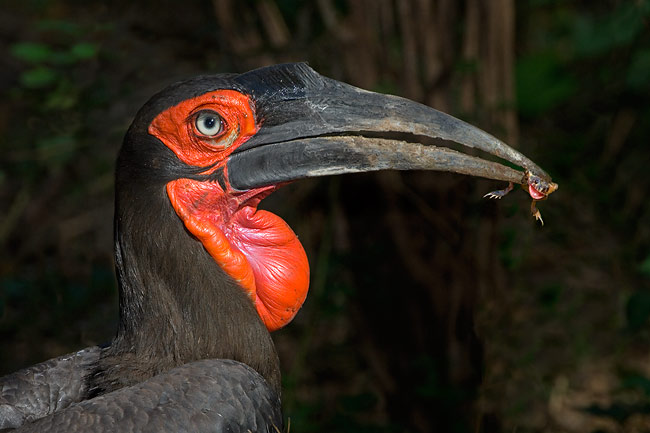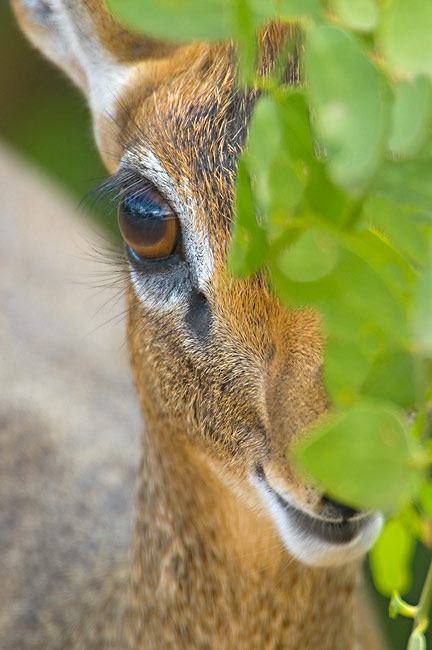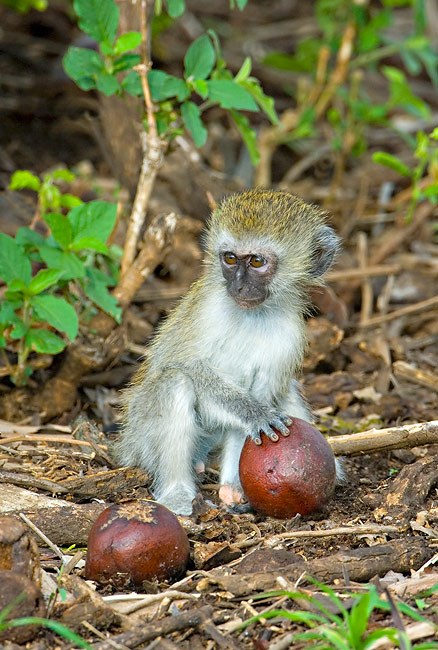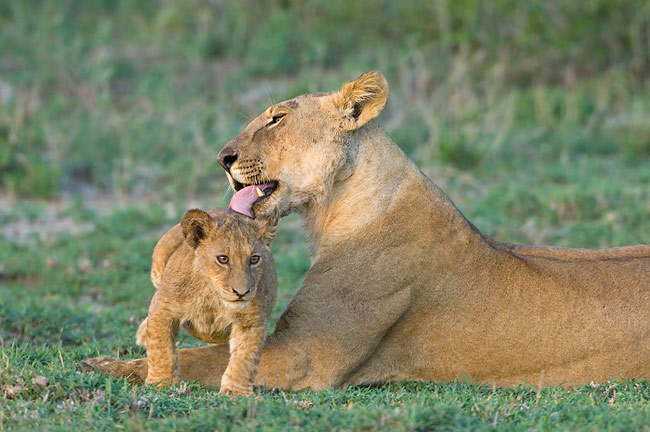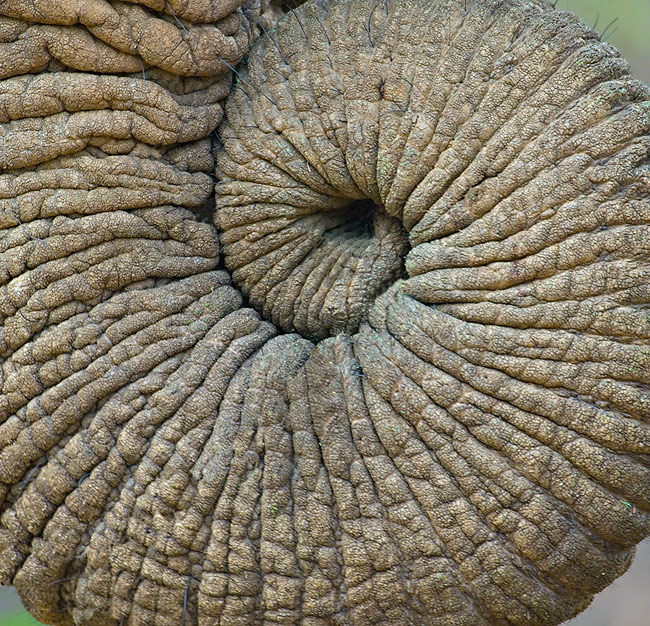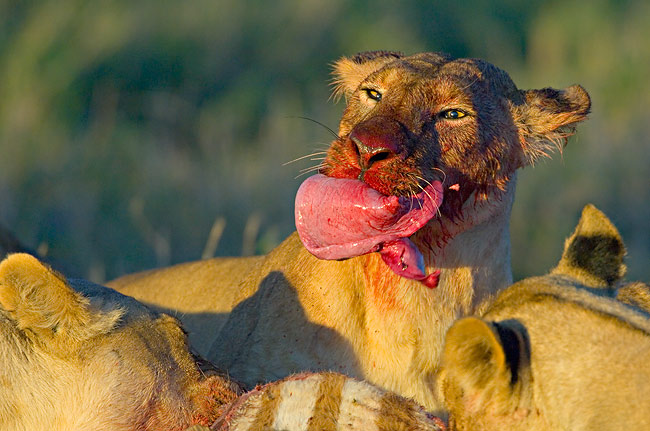BIRDS AS ART BULLETIN 197
TODD GUSTAFSON, WORLD CLASS
SAFARI PHOTOGRAPHER
KENYA PHOTO SAFARI, AUGUST 2006
IMPORTANT REQUEST: IF RESPONDING TO THIS
E-MAIL, PLEASE TAKE THE TIME TO DELETE ALL IMAGES AND ALL IRRELEVANT TEXT
RAW FILE QUESTIONS
GALAPAGOS TRIP OPENING
I GOOFED, BUT EVERYONE WAS
ASLEEP...
IPT & ABP II KUDOS
IPT UPDATES
The Hunt is on...
Image copyright 2006: Todd Gustafson
We gladly accept
credit card orders by phone 8am till 9pm Eastern Time.
You can use the
Paypal links on the web site to order anything. Just type in the item(s) and
the amount. If using your own Paypal account, please send to either of the
e-mail addresses above.
Photographic Theme: images from Kenya and Tanzania by Todd Gustafson.
Hippo yawn
Image copyright 2006: Todd Gustafson
TODD GUSTAFSON, SAFARI
PHOTOGRAPHER SUPREME
As regular readers know, I have long felt that Toddi is the premier
photographer from the top of a safari vehicle. Perhaps I have been wrong,
as Joe and MaryAnn McDonald have been producing great images from Africa for
years, and many have been honored in the BBC Wildlife Photographer of the Year
Competitions... But I do know this, whenever I look at Todd's images at the
end of a safari, my reaction is always the same: "Was I on that
safari???" Todd and I will be co-leading our seventh safari
together this August, this one to Kenya, and we still have room for four more
folks. In this Bulletin, I am proud to share with you some of Todd's best
recent work. To view a gallery of Todd's recent images, please click here:
Hyena with Wildebeest leg
Image copyright 2006: Todd Gustafson
KENYA PHOTO SAFARI, AUGUST 2006
KENYA FLY-DRIVE PHOTO SAFARI, AUG 2006. SAMBURU, MAASAI
MARA, AND MORE. With co-leader Todd Gustafson. Leave the
US AUG 21.
Amsterdam to
Nairobi: AUG 22.
Amsterdam to US: SEPT 7. $9499 per person
(round trip airfare to
Kenya not included). Please
e-mail us for a complete itinerary. Four slots open.
Hyena with trophy
Image copyright 2006:
Todd Gustafson
The notice above appears in grey type at the top of every BAA Bulletin, but
boys and girls, ladies and gentlemen, pretty much nobody reads the notice or
adheres to it. I really do enjoy answering your new and fresh nature
photography related questions, so please, please, please do take the time to
delete all extraneous photos and text when e-mailing us. Doing that makes
it far easier for me to respond and places less of a burden on e-mail
servers and services and on the internet itself. Thanks!
Southern Ground Hornbill with frog
Image copyright 2006: Todd Gustafson
RAW FILE
QUESTIONS AND ANSWERS
Here is an e-mail from (long-ago) IPT veteran Diane Chenault:
AM: Hi Diane (and Toddi--see below, in red),
Good to hear from you. Hope that all is well. re:
DC: Could you tell me why a photographer like myself, who photographs
mostly to make 8x10 & 11x14" prints for me & my friends, and enters an
occasional contest, should shot in raw (+jpeg) vs. just jpeg?
AM: Yes I could. First off, it seems as if you have neither Digital Basics
or the new book, ABP II, as the detailed answers to your question are in
both. In any case, all serious photographers should be using RAW capture
because with RAWs you can save nearly all incorrectly exposed images in one of
several ways (as described in DB or ABP II). I have saved images that ranged
from 3 stops under to 1 stop over... Secondly, RAW files handle contrast much
better than J-PEGs.
DC: Is the final image sharper is you start with a raw file?
AM: I am pretty sure that the answer to that is "No."
DC: If so, what program are you recommending now to
handle raw files?
AM: I am not sure what is best for Nikon. I have copied Todd Gustafson (in
red) here and am pretty sure that he will get back to you and copy me.
DC: Hope to see you on another trip soon.
AM: Good plan.
best and love, artie
Shy Dik-dik
Image copyright 2006: Todd Gustafson
.....
Here is Todd's response:
Hi Diane, I do all editing of my RAW files in Breezebrowser (because it
is so much faster than anything else) but I do not use BB to do my
conversions. I usually convert in Photoshop CS 2. I do NOT think that CS2 is
the best program for all conversions. I think that it is the easiest, fastest
and most convenient for my workflow. The color pallet in images converted
in CS 2 is not ideal to my eye, but it is easy to make color corrections by
using the White Balance color temperature slider. I find that the Canon EOS
1D Mark ll files have a yellow cast when converted in CS2 and Nikon D2X files
have a slight magenta cast. When converting in CS2 it is easy to introduce
digital noise when lightening images during a CS 2 conversion. In those cases
I convert with Nikon Editor which does a much better job with the Nikon
noise (but is less convenient to use). As with almost all digital issues
there are 50 different was to get similar end results. By experimenting a bit
you can find out what works best for you. I hope this helps, Todd
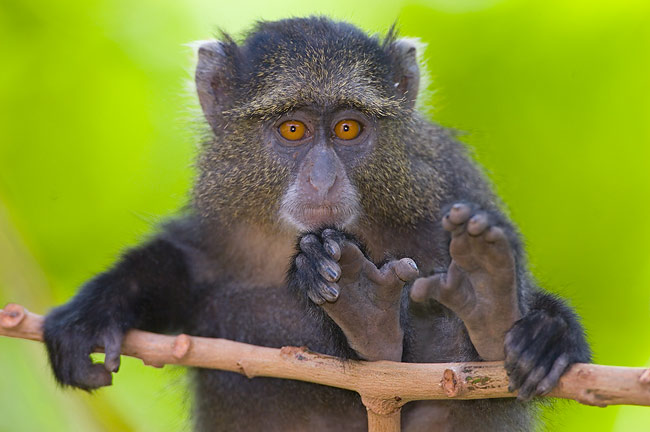
Blue Monkey...
Image copyright 2006: Todd Gustafson
GALAPAGOS TRIP OPENING
GALAPAGOS PHOTO
CRUISE/YACHT BELUGA JULY 12-22, 2006.
We do have a single opening for a male to share a cabin
on the July 12-22, 2006 trip (and not on the earlier trip as I mistakenly
announced in BAA Bulletin 196). Please e-mail janie@distinctive-journeys.com for
details if you would like to join us on the trip of a lifetime.
Vervet Monkey baby with seed
pods
Image copyright 2006: Todd
Gustafson
I GOOFED, BUT EVERYONE WAS
ASLEEP...
Here is an e-mail that I
received from subscriber Greg Ledermann this morning:
Hi Art, I really enjoyed
your Homer newsletter. Looks like you guys had a great time. If you don't
mind, I have a question about something you said in the newsletter. Here is
your statement...
"Without a bright white head, immature eagles need
less light for a proper exposure than adults. When
working in manual mode (as you should be when photographing eagles), it is
best to lower your shutter speed a click or two when you see a young bird
coming into range... "
While you say that immature eagles requires less
light you also say to lower your shutter speed. (To me that means
going from 1/500 to 1/250 for example.) Doesn't that give more light to the
exposure? And isn't it that the mature birds that require less light so as
to not overexpose their white heads? I am just trying to get my head around
proper exposure technique and I'm a little confused by this.
Thanks and best, Greg
I wrote back:
You are of course correct. It was just a brain
typo! I should have written ""Without a bright white head, immature eagles
need more light for a proper exposure than adults.
When working in manual mode (as you should be when photographing eagles), it
is best to lower your shutter speed a click or two when you see a young bird
coming into range... "
Of our nearly 6,000 readers, you were the only one
who caught that. Congrats on your eagle-eye and thorough understanding over
exposure theory. I try to open up one-third or two thirds of a stop when I
see a young eagle coming. I might drop the shutter speed from 1/1600 to
1/1250 or 1/1000 sec. I do this by using my right index finger to turn the
control dial counter-clockwise.
Thanks for letting me know of my error. and best and
love, artie
Lioness with cub
Image copyright 2006: Todd Gustafson
African Elephant trunk
Image copyright 2006: Todd Gustafson
Tanganyika train
(millipede)
Image copyright
2006: Todd Gustafson
IPT & ABP II KUDOS
Here
is an e-mail that I received recently from IPT veteran Rocky Sharwell:
Hi Artie: You wrote in Bulletin
196, "On all BAA IPTs I work very hard to put my folks in the right
spot at the right time and in Homer that plan worked to perfection."
I agree 1000%--you work
incredibly hard to put your students in the best possible
place so they have the chance of making great images. Your unending
enthusiasm is also a source of inspiration in general and especially
on an IPT when I tend to get tired and lazy. I will never forget my
first IPT--on the beach near the Sanibel Arms Condos--there was a huge
group of shorebirds in wonderful golden light. You were egging us on
to get lower and lower and down onto the ground. I was reluctant to
take my rented Nikon lens onto the sand but when I did...wow! The
other incident that comes to mind was my first Bosque trip in
2001---We were up by the farm deck--birds were just sitting there--it
was really dull. Our group packed up and went to an empty field
farther down. Countless other photographers drove past us on
the way to an early meal. Within minutes we had thousands of geese
landing perfectly at us in beautiful light.
I am looking forward to Nome and
other IPTs in the future.... Rocky
Here is an e-mail that I received from subscriber Sean
Bolton of the UK today:
Hi Artie, The CD arrived this morning (Tuesday 21st
March) so thank you for the speedy delivery. I have only had chance
for a quick browse through the book and was immediately captivated by
the breadth and quality of the photography shown in it. It is also
good to see you cover the varied aspects of nature and landscape
photography (as well as birds of course). The articles cover the range
of subjects that I am interested in as a digital nature photographer.
Now I just need to set aside some time to read and absorb all the
excellent advice and information.
The only thing missing is a section on UK wildlife photography and how
to make the most of grey skies and rainy days! :-)
Best wishes and congratulations on the book. Sean
Lioness with
zebra liver
Image
copyright 2006: Todd Gustafson
IPT UPDATES
Nothing drastically new to report other than to
say that the Alligator Farm, and all of the Bosque IPTs are continuing to fill
nicely.
ST.
AUGUSTINE ALLIGATOR FARM IPT
MAY 12-14, 2006. 2 1/2
DAY IPT: $649 (Limit: 12, FULL) Slide Program
midday on May 12. Write for details of for the morning of May 12.
HERON AND EGRET ROOKERY. NESTING GREAT
EGRETS WITH CHICKS, NESTING SNOWY AND CATTLE EGRETS AND TRICOLORED HERONS.
COURTSHIP BEHAVIORS, COPULATIONS, EGGS, NESTS AND POSSIBLY TINY CHICKS.
INCLUDES TWO CLASSROOM SESSIONS.
Bosque #1: "The Fall Color IPT"
NOV 14-16, 2006. Co-Leader TBA. Slide Program on the
evening of NOV 13. 3-DAY: $929. (Limit 14, Openings: 8) This IPT
should feature a better chance for a day or two of the rare south winds that
drastically improve flight photography and will definitely feature the
brightest fall-color cottonwoods.
Bosque #2: "The
Pre-Thanksgiving IPT" NOV 19-21, 2006. Co-Leader
TBA. Slide Program on the evening of NOV 18. 3-DAY:
$929. (Limit 14, Openings: 9)
This and the next IPT have sold out for the past eight years. In 2006 I
may once again be hosting a Thanksgiving day luncheon buffet. If it goes,
folks will need to reserve a spot and pay in advance. Details TBA. Dinner
will be strictly limited to 50 folks. This IPT will feature increasing
numbers of geese and cranes with lots of great opportunities.
Bosque #3: "The Post-Thanksgiving IPT" NOV 25-27, 2006. Co-Leader
TBA. Slide
Program on the evening of NOV 24. 3-DAY:
$929. (Limit 14
FULL) This
IPT has sold out for the past eight years as it is scheduled on dates that I
consider peak for Bosque.
Seminar: DEC 2-3, 2006. BIRDS AS ART "The Art of Nature Photography;
It Ain't Just Birds!" How-To Weekend Seminar in Albuquerque, NM.
Details TBA. Folks wishing to combine an IPT with the Seminar should sign up
for either Bosque #3 (above) or Bosque #4 (below).
Bosque #4: "The Full Moon IPT"
DEC 4 (mid-day) through DEC 7 (mid day), 2006. 3-DAY:
$929. (Limit 14 Openings: 11) Slide
Program mid-day on DEC 4. Co-leader 2005 Wildlife
Photographer of the Year, Manuel Presti. This IPT includes a half
day of photography on the 4th, two full days of photography on the 5th and
6th, and a final half day on December 7th.
Limit 14. This IPT has been scheduled to maximize the opportunities to
include the rising and setting full (DEC 5) and near-full moon in your
images. There will be lots of the usual chances as well, and this time period
has provided more than its share of spectacular sunrises and sunsets over the
years.
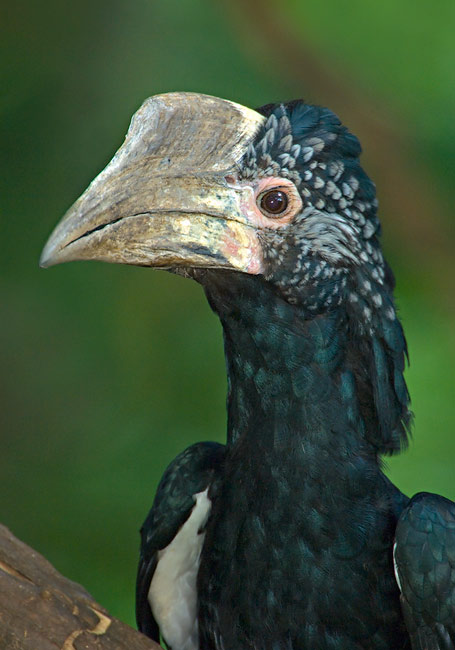
Silvery-cheeked Hornbill
Image copyright 2006: Todd Gustafson
ANTARCTICA PHOTO CRUISE/JAN 2007 w co-leader
Greg Downing. We are leading a small
group of photographers on the If you would like details for this trip
or have your name added to the waiting list, please e-mail janie@distinctive-journeys.com immediately.
To register for any of the IPTs above, you can send a $200
deposit check made out to "Arthur Morris" to us at: BIRDS AS ART, 4041 Granada
Drive, Indian Lake Estates, FL 33855, send us a Paypal (use any Paypal link on
our web site), or call 863-692-0906 with your credit card info. Balances due
can be paid only by personal check or money order. April
28-30, 2006.

Spotted Hyenas chasing Cape Buffalo
Image copyright 2006: Todd Gustafson
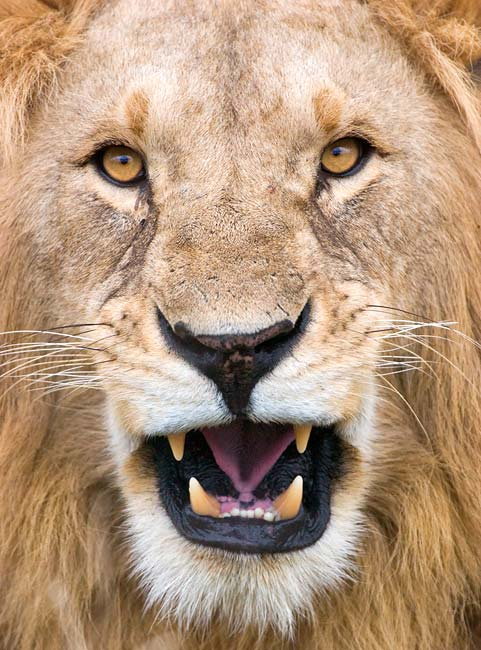
Lion with an attitude
Image copyright 2006: Todd Gustafson
Best and love and great picture-making to all,
artie
Note: Arthur Morris has been a Canon contract photographer
since 1994 and continues in that role today. Hunt's Photo of Boston, MA is a
BAA sponsor as it Delkin Devices. Back issues of all BAA Bulletins are
archived in the Bulletin Archives which may be accessed from the home page at
www.birdsasart.com


